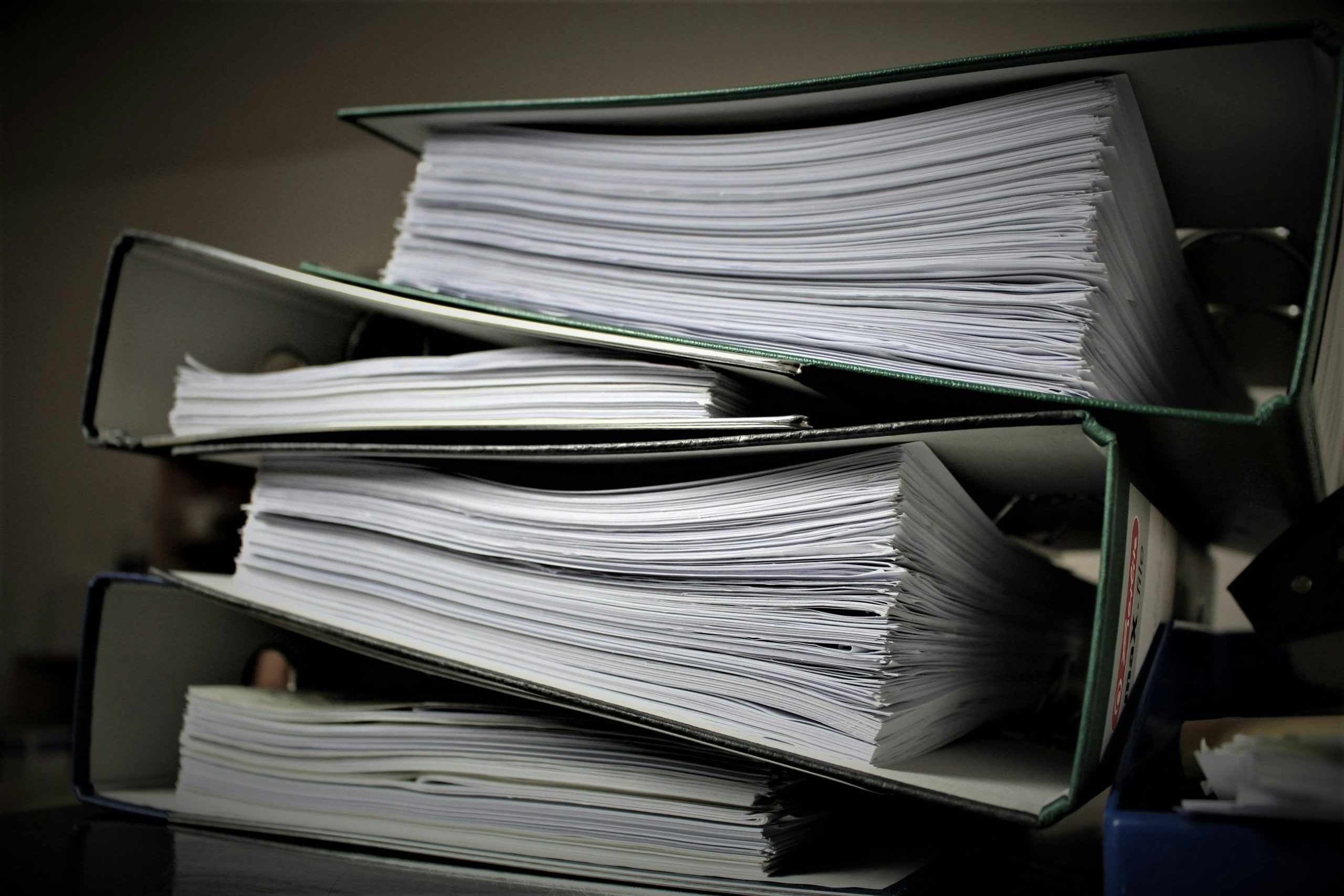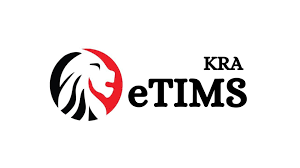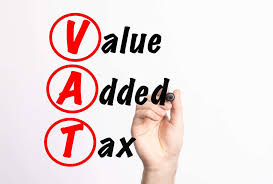A balance sheet is one of the first reports we review whenever we assess an organisation. It allows us to understand the business’s assets and liabilities clearly and provides a snapshot of how those figures have changed over time. Understanding the basics of balance sheets is almost essential for any finance enthusiast. In this post, I’ll walk you through the most common sections and formulas to enable you to read and understand your balance sheet report.
What Is a Balance Sheet?
A balance sheet is a financial statement that presents a snapshot of the company’s assets, liabilities, and shareholder’s equity at a specific time. The balance sheet is one of three primary financial statements, along with the income and cash flow statements used to compile an annual report.
A company’s balance sheet shows what it owns in terms of assets, what it owes to others in terms of liabilities, and what investors have put into the business in terms of equity. The balance sheet also shows how these three components changed from one reporting period to another.
Structure of the Balance Sheet
A balance sheet is made up of three main components
1. Assets
Assets are the things that your business owns, such as cash, accounts receivable, and inventory. The value of these assets is what you hope to sell them for if your business closes its doors tomorrow. If a company has a lot of cash on hand and needs to invest it somewhere, it will likely invest in another company or buy some equipment. Assets also include intangible assets such as goodwill, the value of your good reputation, and trademarks.
2. Liabilities
Liabilities are the debts of a company. They are obligations of the organisation. They can be divided into two broad categories: current and long-term liabilities. Current liabilities are short-term debts that need to be paid within a year. Long-term liabilities are usually paid off over a lengthier period, generally more than a year. These include things like commercial papers, hire purchase obligations, and bank loans
3. Shareholder’s Equity
A balance sheet’s shareholder’s equity section shows the amount of money a company has invested in its business and what it has left over after all of its liabilities have been paid. This is also known as the book value or net worth of the company. The shareholder’s equity section can be broken into capital contributed and retained earnings.
Capital is the amount of money shareholders have invested in the company by issuing shares. Retained earnings are earnings that the company has not distributed to shareholders as dividends yet. These two sections together make up shareholder’s equity.
Here is a hack to help you read the balance sheet in 3 easy steps:
Capital structure
Capital structure refers to the mix of equity, long-term, and short-term debt that a company uses to fund its operations. This mix can affect the financial statements in many ways, for example:
A high proportion of equity means that a company has less leverage than an entity with more debt or owners’ equity. As such, they are likely to have stronger cash flows and less risk since they don’t need to rely on borrowing money through bonds or loans.
A low proportion of equity may indicate that a firm has borrowed heavily, which means greater risk for investors because if something goes wrong with investments, then there’s not much protection from losses compared to companies with higher levels of owner’s equity.
Things to look for in the capital structure:
Proprietorship, partnership, and corporation.
Proprietorship: The proprietorship is the simplest type of business structure. It’s an individual whose name appears on the balance sheet, and all profits are his or hers. The owner is also responsible for any debts incurred by the business.
Partnership: A partnership involves two or more individuals working together in a business. Partnerships can be general or limited partnerships, where only certain partners have unlimited liability.
Corporations: Corporations are owned by shareholders who invest money into them; they’re set up to protect owners from personal liability if something goes wrong with the company’s finances or operations.
Liability classifications.
Liabilities are divided into two categories: current liabilities and long-term liabilities. Current liabilities represent short-term obligations that will be paid within one year, while long-term liabilities represent long-term obligations that will be paid after one year. The current ratio measures a company’s ability to pay its short-term obligations compared to its total current assets. The higher the ratio number, the better it is for the company because it means they have more liquid assets than current debt payments.
Current vs. long-term liabilities.
The next step is to look at the difference between current and long-term liabilities. Current liabilities are payable within one year, while long-term liabilities have to be paid more than one year from now.
The current portion of your loans might be listed as “due within one year.” The balance sheet will show how much it owes on its loans each month, how much it owes on its mortgages every month and any other short-term financial obligations that need to be paid back soon so that you know where you stand financially at any given moment in time.
Long-term debt refers to everything else that’s not currently due but needs to get paid off eventually. Any debts with repayment periods beyond 12 months or so fit into this category. You’ll find both short-and long-term debt listed at the end of most balance sheets under their respective headings: “current liabilities” and “long-term liabilities.”
Operating vs. non-operating liabilities.
There are two types of liabilities: operating and non-operating. Operating liabilities include accounts payable, accrued expenses, and taxes payable. These are short-term, and the company usually pays them within one year. Non-operating liabilities include long-term debt and capital leases, which are not paid off within one year but can last for many years.
- Working capital
Working capital is the difference between a company’s current assets and liabilities. Working capital provides a quick snapshot of a company’s liquidity or ability to pay its short-term bills. It’s also an important measure of financial health because it indicates whether a business can meet its short-term obligations.
A business with positive working capital has more cash than it needs to pay for immediate expenses and is in good financial shape. A business with negative working capital could be bankrupt if it doesn’t address its cash flow problem immediately.
Working Capital and the Balance Sheet
It helps you understand whether your company has enough money to pay its short-term obligations. If it doesn’t have enough working capital, it could delay paying some bills or even go into default on them.
Working capital also shows how well a company manages its inventory and accounts receivable. High inventory levels mean more money tied up in the business, while high accounts receivable mean less cash available in the bank.
How to Calculate Working Capital
Calculating working capital is a useful tool for a business owner to use to understand the business’s financial health. Working capital is calculated by subtracting the current liabilities from the current assets. The resulting number will give you a good idea of how much you have to pay for operating expenses and other costs.
Working capital is defined as current assets minus current liabilities. Current assets include inventory, accounts receivable, cash, and short-term investments. Current liabilities include accounts payable, taxes payable, and short-term loans or advances from customers or suppliers. The formula for calculating working capital would be: Current Assets – Current Liabilities = Working Capital
- Liquidity headroom
Liquidity headroom. Liquidity is the ability of a company to meet its financial obligations. The liquidity ratio measures a company’s ability to pay its current liabilities. A higher ratio means it has more cash and other assets than its current liabilities. Example: A company’s liquidity headroom is 100% if it has $100 million in current assets and $50 million in current liabilities.
Current ratio. The current ratio measures a company’s ability to meet its short-term obligations. It shows how many times a company can pay off its short-term debt with its short-term assets. The higher the ratio, the better for investors because it’s an indicator of financial stability, even if it means keeping less cash on hand than some analysts would like. Example: A company’s current ratio is 2 if it has $20 million in current assets and $10 million in current liabilities.
Conclusion
As you’ve seen, the financial ratios that make up a company’s capital structure, working capital, and liquidity headroom are three key indicators of that company’s financial health. By parsing these vital components, you will understand the company’s ability to pay its debt back. You won’t get a comprehensive look at the company in question, but you will be able to make some quick inferences about their overall effectiveness as an investment and as a business from these crucial ratios. If you need help to interpret the balance sheet of your targeted organisation either for a merger, acquisition, or investment disposal, do not hesitate to engage the specialists at FHC.














